The U. S. Army Corps of Engineers promotes an ecosystem approach to environmental stewardship. This management philosophy includes conservation, preservation and restoration of the lands and waters entrusted to the USACE, as well as those under its regulatory authority. Therefore, in order to conserve, preserve and restore these lands and waters it is necessary to manage and control invasive species.
An "invasive species" is defined by Executive Order 13112 as a species that is, 1) non-native (or alien/exotic) to the ecosystem under consideration, and 2) whose introduction causes or is likely to cause economic or environmental harm or harm to human health.
Invasive species can be plants, animals, and other organisms (e.g., microbes). They threaten our nation's natural resources, prevent or seriously hinder navigation, adversely affect flood risk management, hydropower generation, water supply, and limit recreation use by the public. The economic costs are staggering, and introductions of new invasive species continues. As a result of centuries of habitat manipulation and plant and animal introductions (both intentional and accidental), numerous species have been allowed to reach invasive and/or nuisance status and threaten the integrity our ecosystems. These species present a management challenge to the USACE.
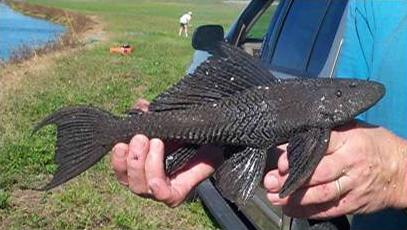
Sailfin Catfish |
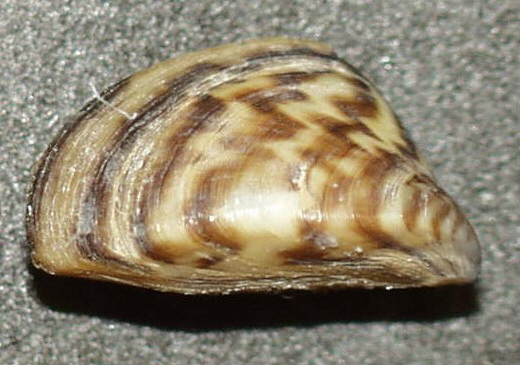
Zebra Mussel |
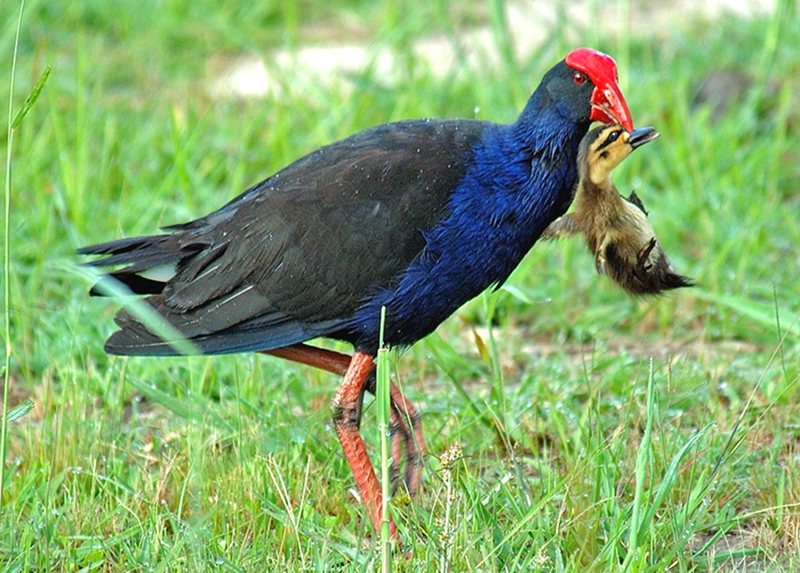
Purple Swamp Hen |
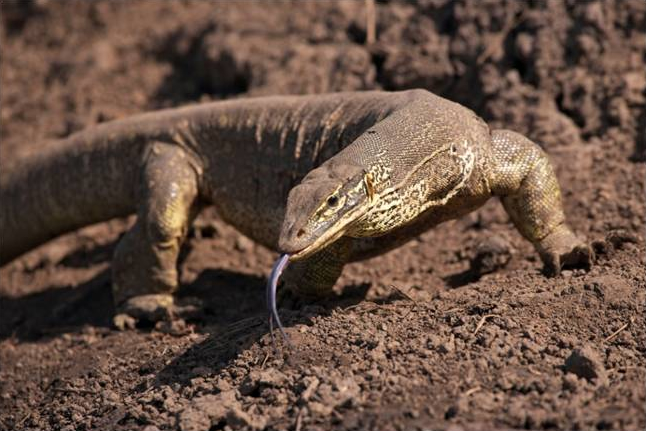
Nile Monitor |
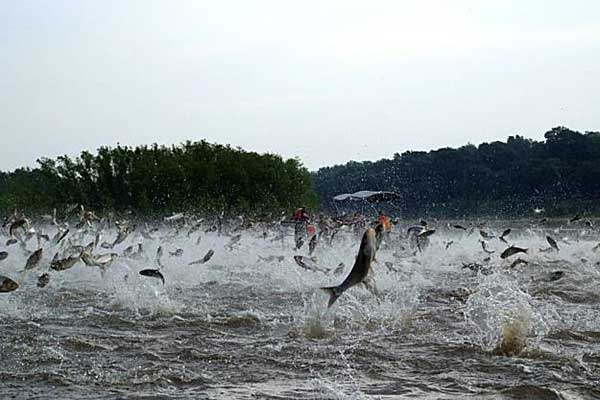
Asian Carp |
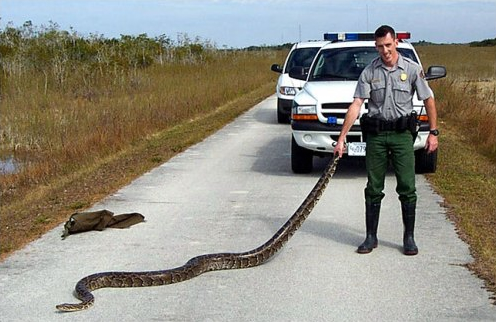
Burmese Python |